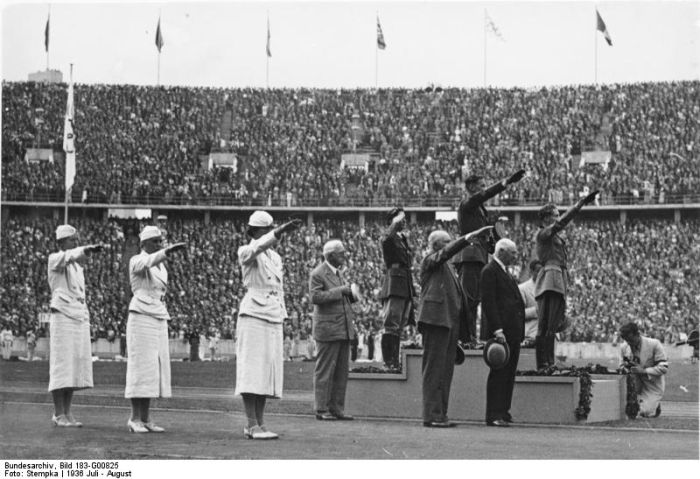|
|
History: Old Germany
|
Since 1949, the party system has been dominated by the Christian Democratic Union and the Social Democratic Party of Germany with all chancellors hitherto being member of either party. However, the smaller liberal Free Democratic Party (which has had members in the Bundestag since 1949) and the Alliance '90/The Greens (which has controlled seats in parliament since 1983) have also played important roles.
Germany has a civil law system based on Roman law with some references to Germanic law. The Bundesverfassungsgericht (Federal Constitutional Court) is the German Supreme Court responsible for constitutional matters, with power of judicial review. Germany's supreme court system, called Oberste Gerichtshöfe des Bundes, is specialised: for civil and criminal cases, the highest court of appeal is the inquisitorial Federal Court of Justice, and for other affairs the courts are the Federal Labour Court, the Federal Social Court, the Federal Finance Court and the Federal Administrative Court. The Völkerstrafgesetzbuch regulates the consequences of crimes against humanity, genocide and war crimes, and gives German courts universal jurisdiction in some circumstances. Criminal and private laws are codified on the national level in the Strafgesetzbuch and the Bürgerliches Gesetzbuch respectively. The German penal system is aimed towards rehabilitation of the criminal and the protection of the general public. Except for petty crimes, which are tried before a single professional judge, and serious political crimes, all charges are tried before mixed tribunals on which lay judges (Schöffen) sit side by side with professional judges.
• Constituent states
Germany comprises sixteen states that are collectively referred to as Länder. Each state has its own state constitution and is largely autonomous in regard to its internal organisation. Due to differences in size and population the subdivision of these states varies, especially between city states (Stadtstaaten) and states with larger territories (Flächenländer). For regional administrative purposes five states, namely Baden-Württemberg, Bavaria, Hesse, North Rhine-Westphalia and Saxony, consist of a total of 22 Government Districts (Regierungsbezirke). As of 2009 Germany is divided into 403 districts (Kreise) on municipal level, these consist of 301 rural districts and 102 urban districts.
|
|









